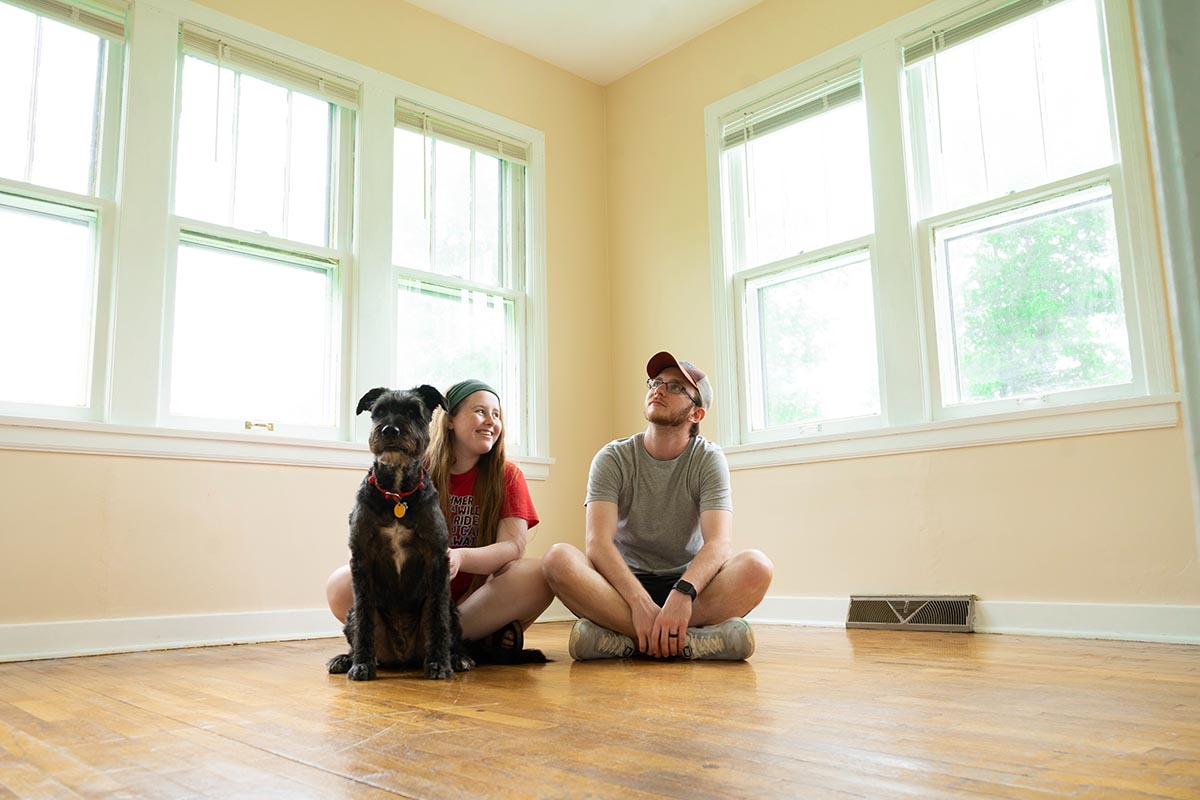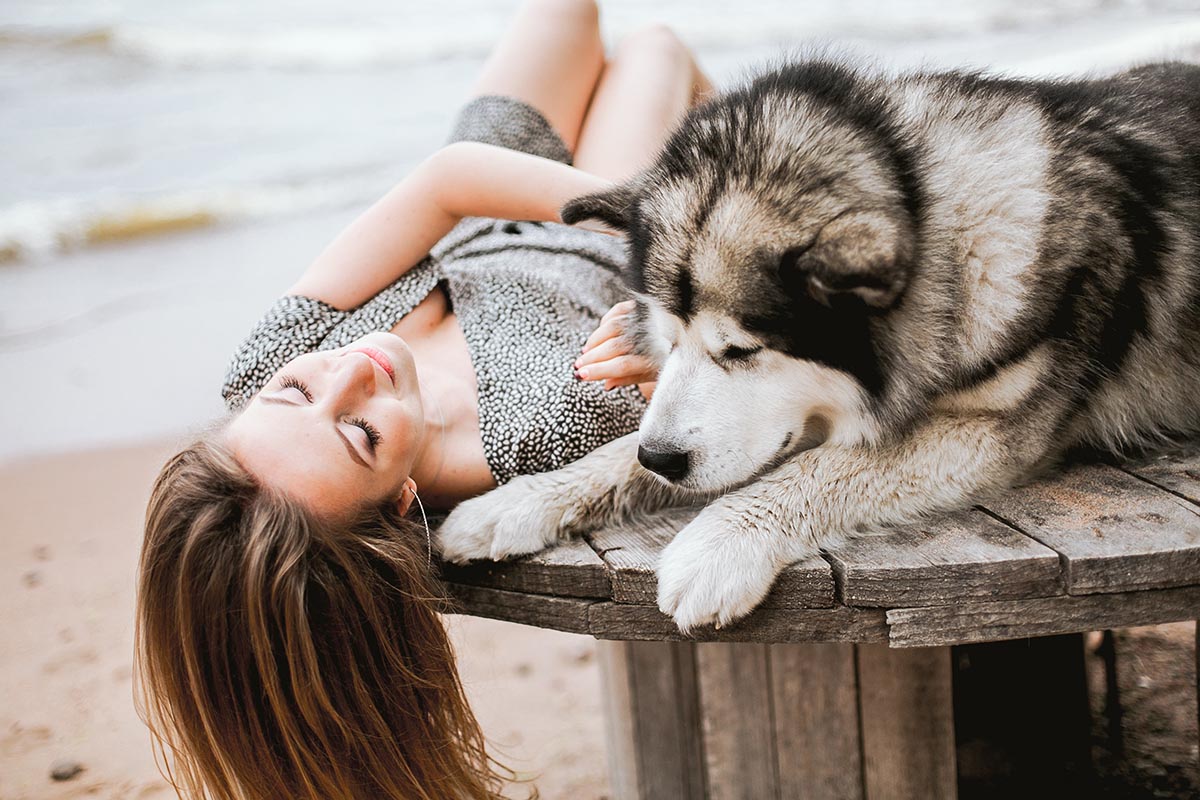The Ultimate Guide to Moving to Europe with a Pet
Moving to Europe is a grand adventure and can be a hassle for any human, let alone their pets! When you have a cherished pet in tow, the complexity of the move increases and it can often be too much to handle. There’s a lot to think about when moving countries with your pets, especially if you’re moving to Europe. Every country and continent has its own way of doing things, and moving with pets is no different.
Pets are not only animals; they’re beloved family members, and their comfort and well-being are important. Whether your relocation is due to work, study, or the thrill of European living, you’ve come to the right place! Here’s everything you need to know about moving to Europe with your pet to make sure you’ve got all your ducks in a row! Follow this guide and make sure you and your furry companion move to Europe without a hitch.
Do your research
Each European country has its unique set of regulations about pet importation. It’s crucial to delve into the specific requirements of the country you’re moving to. If you’re not sure where to begin, those at Pet Express might have some good pointers in the right direction. For starters, your pet will need a microchip for identification, a rabies vaccination, and an EU pet passport.
Some nations might impose extra rules, like specific vaccines or tapeworm treatments. Start this process well in advance as certain vaccinations and treatments need to be done within a specific timeframe. This is why it’s crucial to do your research so you don’t miss a vaccine date! Being well-informed makes sure that you’re ready for all the necessary requirements with ease.
Choose the accommodation
Once you’ve done your initial research, it’s time to start scouting the best pet-friendly new home for you and your pet! Securing housing for your pet is not only essential but also challenging in some European cities. Start your search well ahead of your move, and think about proximity to parks, veterinary clinics, and pet supply stores.
When talking with potential landlords, always be upfront about your pet. Make sure the lease agreement allows pets, and be aware of any extra pet deposits or fees. You’ll also need to familiarize yourself with local regulations about pet ownership. This includes looking up local leash laws and the availability of pet-friendly public spaces. Understanding these details helps you choose a new home where both you and your pet can live your best lives!
Plan a comfortable trip
Once you’ve sorted out your paperwork and living situation, it’s time to plan your trip for you and your pet! Traveling can be stressful for pets, so whether you’re flying or driving, careful planning is key. If you’re flying to Europe, start by choosing a pet-friendly airline and opt for a direct flight whenever possible. This will both cut down travel time and make things easier for you and your pet. Make use of sturdy and well-ventilated pet carriers with familiar bedding to keep your pet feeling safe and comfortable.
If the journey involves a car road trip, make sure your pet is secured with a harness or travel crate. Don’t forget to factor in regular stops for bathroom breaks, exercise, and meals during your journey. You’ll also have to think about your pet’s comfort during the journey. Make sure they are well-hydrated and have access to familiar toys or blankets to alleviate stress.
Find a good vet
Once you’ve gotten to your new European home, finding a trustworthy local veterinarian is your next step. Start by doing some research and finding the best vets in your local European area. Schedule an all-in-one health check-up for your pet, even if they had one before departure. Just like you, your pet is susceptible to catching something along the way, so make sure to get them checked.
Talk to your vet about preventive measures, vaccinations, parasite control, and dietary recommendations. Keep a copy of your pet’s medical records and vaccinations on hand, as you might need them for boarding, grooming, or travel within Europe. Having a good relationship with your vet is crucial to your pet’s overall health and well-being. A good vet serves as a valuable resource, offering guidance on your pet’s health and adjusting to the new environment.
Know your pet safety regulations
After finding the right vet, your next step is to familiarize yourself with local pet safety regulations and culture. Each country in Europe is different from the next, and it’s important to be on top of all the rules and regulations. Different countries may have strict leash laws, designated off-leash areas, or pet behavior in public spaces.
Brush up on any of the local wildlife or environmental factors that could pose a threat to your pet. Look into things like the existence of venomous snakes or ticks carrying diseases. Consider any seasonal risks, such as extreme cold or heat, and take necessary precautions to keep your pet safe and comfy. Knowledge of these nuances ensures you can provide a secure environment for your pet in your new European home.
Moving to Europe with a pet: Integrate your pet into the community
Last but not least, you’ll need to think about acclimatizing your pet and helping them settle in after your move. Helping your pet adjust to the new environment is a slow and gradual process. Start by introducing them to local parks, fellow pet owners, and pet-friendly establishments. Engage in pet-friendly activities and look into some obedience classes or attending local pet meet-ups.
Socializing your pet enhances their life and fosters positive interactions with other animals. Learning basic commands in the local language can also boost communication with your pet, especially in emergency situations. A well-adjusted and socialized pet is not only happier but also safer!
So there you have it! Moving to Europe with a pet can be a handful, but anyone can do it with the right tips and tricks! To make a successful move for you and your pet to Europe, you’ll need to start with lots of research.
Find the right home to accommodate you and your pet, and make sure to plan a safe and comfy trip. Once you’re moved in, start looking for a good, reputable vet, and get their checkups done. Always make sure to be up to date with the local pet safety rules and regulations. Last but not least, work on integrating your pet into their new home and community and you’re good to go!




















